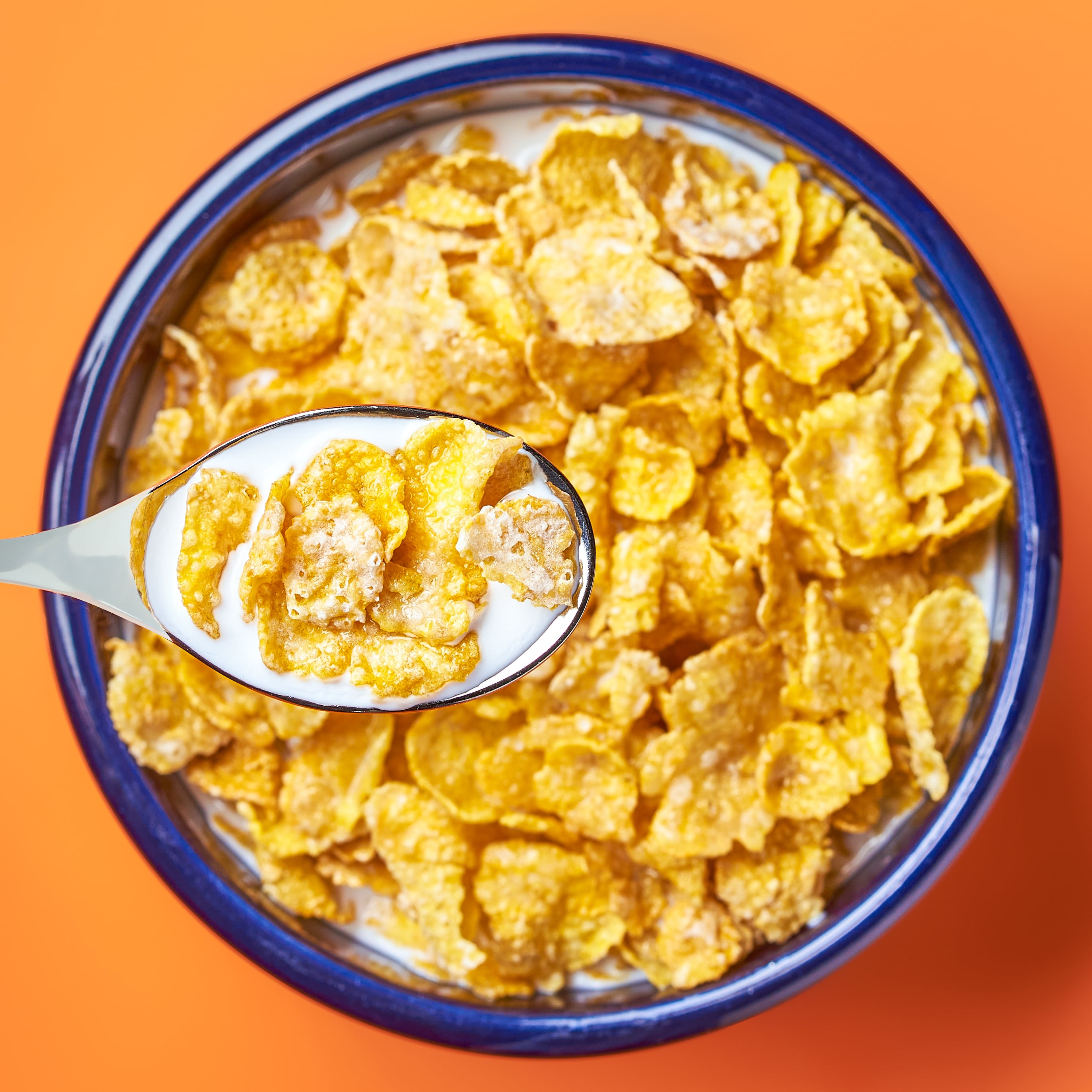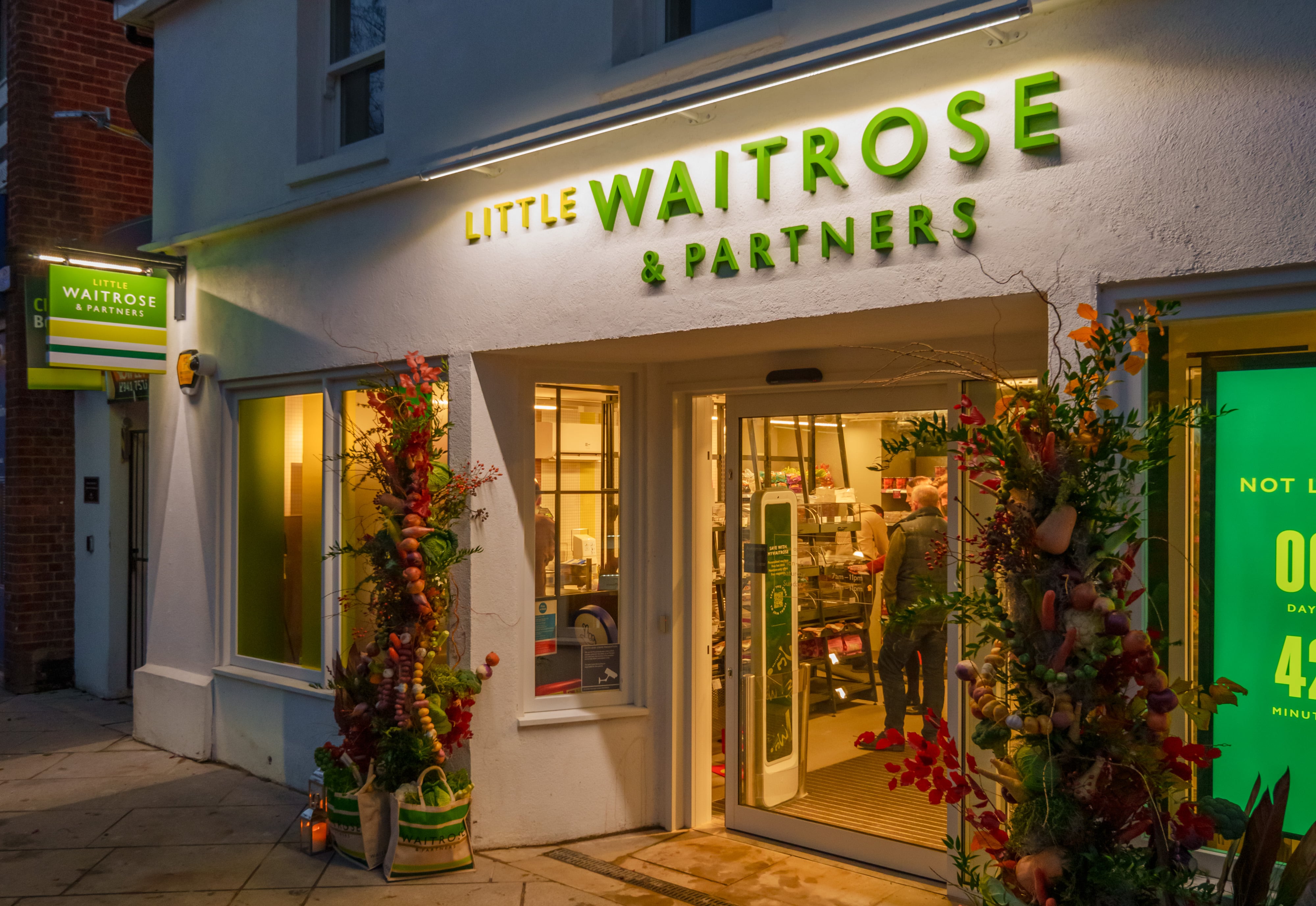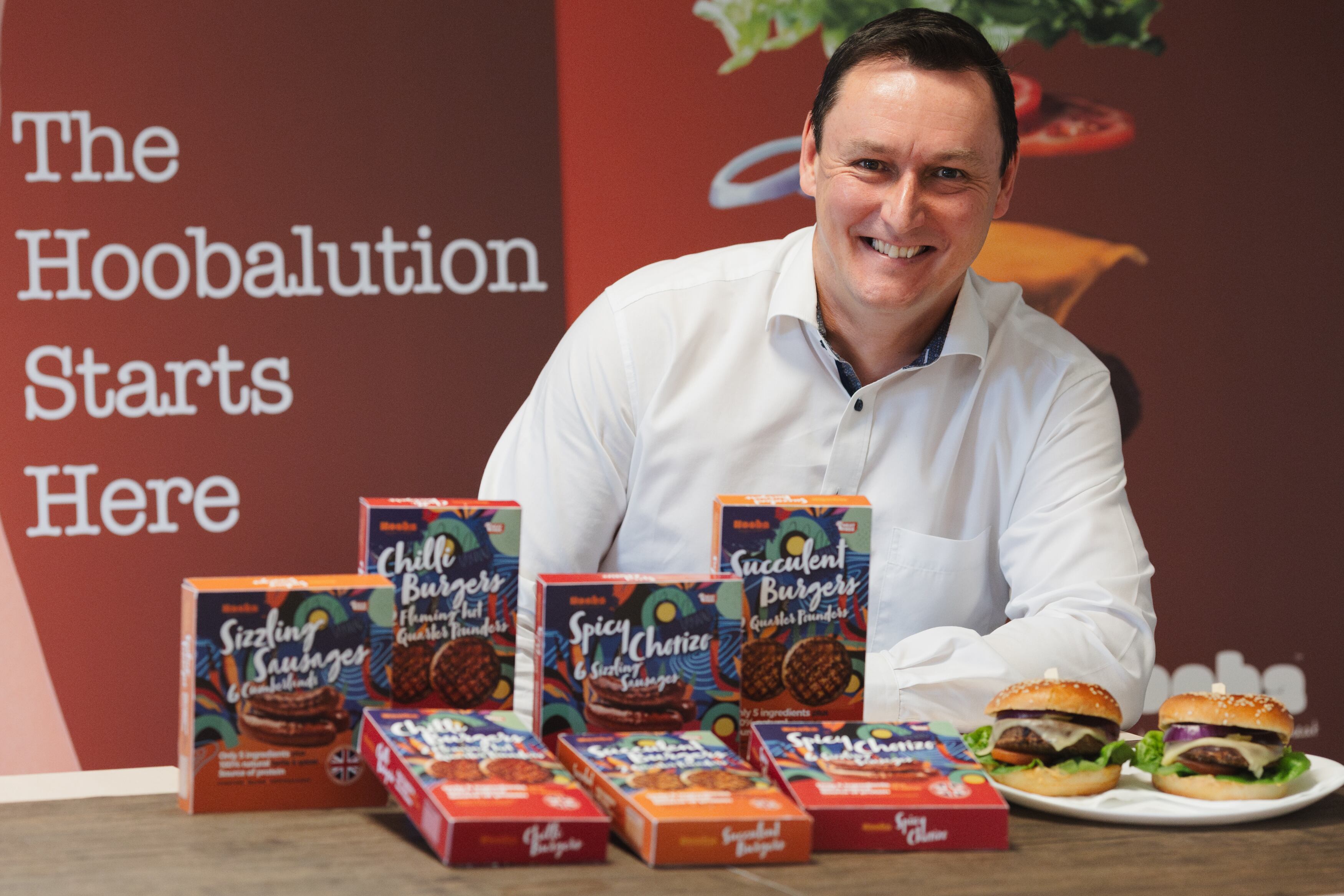When Ferrero announced its $3.1 billion acquisition of US cereal maker WK Kellogg, most headlines focused on the Italian giant stepping into the cereal market. But look a little closer, and the real story is about where the food industry is heading.
In a world where disruption has become the norm – from commodity volatility, to supply chain stress, and evolving consumer trends – growth alone is no longer enough. What Ferrero is really buying with this acquisition isn’t just shelf space or a new product line. It’s resilience.
Be resilient or die trying
The food industry is under structural pressure like never before. Climate change is making agricultural yields more volatile. Cocoa prices are at historic heights while demand is lowering, pulling the market in two directions at once. Global supply chains, once optimized for efficiency, are now vulnerable to disruption – from strikes and port congestion to shifting trade policy.
Consumers aren’t sitting idly by, either. Their preferences are shifting, and not always in one clear direction. They’re seeking healthier, more sustainable options, even as the ‘snackification’ trend accelerates. More importantly, brand loyalty is fading, while Private Labels are surging.
For food companies, sticking to one strong category just isn’t enough anymore. Deals like Kraft Foods (which has since split and become Mondelez International) buying Cadbury in 2010 still make sense, but more and more, companies are focusing on balance by looking for ways to spread risk, show up in more consumption moments, and stay flexible when markets shift.
Why the Ferrero deal for WK Kellogg makes sense
With the acquisition of WK Kellogg, and the Carambar deal announced just two days later, Ferrero’s revenue is set to grow from €18.4 billion to €20.6 billion. But this isn’t just about chasing growth for growth’s sake. It’s a strategic move in response to a food industry that’s becoming harder to predict and harder to navigate.
By getting WK Kellogg under its wings, Ferrero steps into the North American cereal breakfast aisle, a space Statista estimates is worth $28 billion, and one that’s known for being a daily ritual for millions of people. And at a time when cocoa prices are hitting record highs, it gives Ferrero a way to ease its dependency on chocolate and spreads and balances out its exposure to raw material risk.
This deal also strengthens Ferrero’s presence in the US, not just with new brands, but with real operational weight: 22 manufacturing sites, local teams, and established relationships with retailers like Walmart.
On the other side of the table, WK Kellogg gets what it’s been lacking since breaking up from Kellanova: stability. It’s had a tough start as a standalone company, with debt piling up and limited room to invest. Joining a long-term, family-owned group gives them the breathing room they need. And beyond that, access to Ferrero’s global reach, its marketing’s strong machine, and its product innovation engine.
But maybe the most interesting part is how well the two portfolios fit together. This isn’t about merging similar brands or cutting costs. Ferrero isn’t trying to turn WK Kellogg into another version of itself. It’s more like adding another piece to the puzzle, one that opens up new occasions, new formats, and new ways to reach consumers. From cereals in the morning to Kinder and Nutella in the afternoon, Ferrero is quietly stitching together a presence across the full day.
It’s also a clever mix of distribution power. WK Kellogg brings strength in grocery aisles, while Ferrero is strong in convenience and impulse channels. One plays the long game, products you plan to buy. The other plays in spontaneity. Together, they can give cereal a second life, not just as a breakfast staple, but as a snack you grab on the go.
In that sense, the deal isn’t about folding cereal into a chocolate empire. It’s about creating new momentum, without forcing either side to change who they are.
Opportunity lies in combination, not just in consolidation
Some of the biggest names in food are at risk of falling behind. While General Mills, Mondelez, PepsiCo remain powerful, their portfolios are starting to look a little too narrow and too slow to adapt. These companies were built around big, well-known brands, but the market is moving faster than it used to.
General Mills, for example, will feel the impact directly. With Ferrero now backing WK Kellogg, we can expect a stronger push behind those cereal brands–more marketing, more innovation, and likely more shelf space pressure. General Mills may have to react quickly to protect its place in the category.
PepsiCo might seem less affected at first, especially in salty snacks, but the overlap is growing. Ferrero’s newly expanded sweet snack portfolio now touches areas like granola bars, protein bars, and fruit snacks, where PepsiCo owns Quaker and Bare. These categories are starting to blur, and competition is coming from all sides.
Hershey saw this coming a while ago. That’s why it bought brands like Dot’s Pretzels and SkinnyPop, with the hope of becoming less dependent on chocolate. Now, with Ferrero getting stronger in both sweets and snacks, that move is looking more like smart planning than simple expansion.
Smaller companies will also feel more pressure. Without the scale to compete across multiple categories or regions, they’ll need to find a clearer focus or team up with the right partner. Trying to do it all alone is only getting harder.
At the same time, a few players are clearly moving in the same direction as Ferrero. Mars is buying Kellanova’s global snack brands (Pringles, Cheez-It, and more), breaking apart what used to be the full Kellogg portfolio. Kraft Heinz is preparing to spin off some of its slower grocery brands to focus on faster-growing, more profitable ones. Nestlé is shifting too, investing in health, coffee, and pet food instead of chasing legacy categories.
The bigger picture? Companies are no longer organizing themselves around one single category. They’re building portfolios around how people actually eat–by time of day, by need, by mood. From breakfast to snacking, from sweet to salty, from local reach to global presence.
Ferrero’s move isn’t just about getting bigger. It’s about getting better prepared. Because in a food industry that’s more unpredictable than ever, resilience is what will set companies apart. And those who don’t build it now? They’ll be the ones playing catch-up later.




